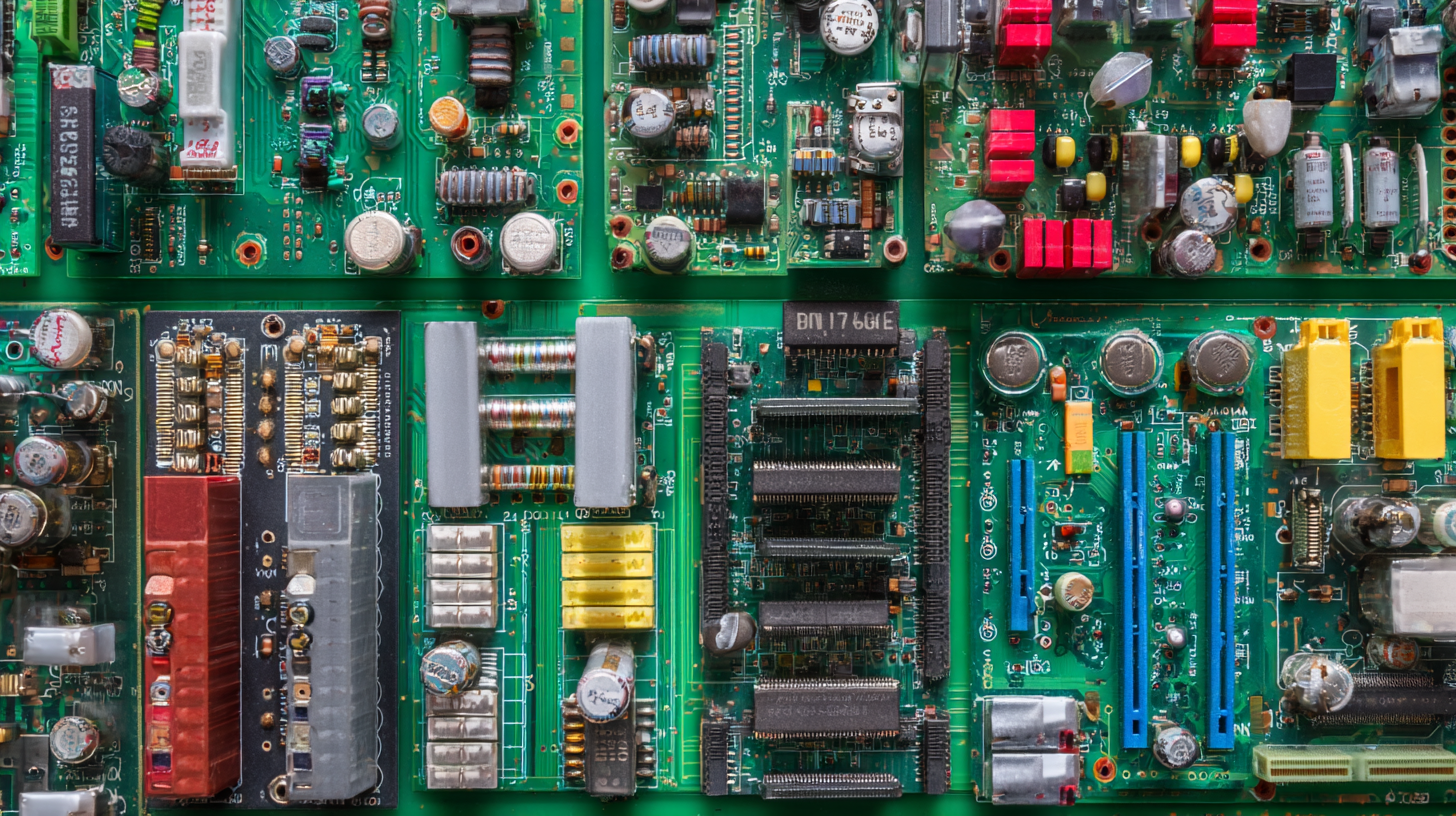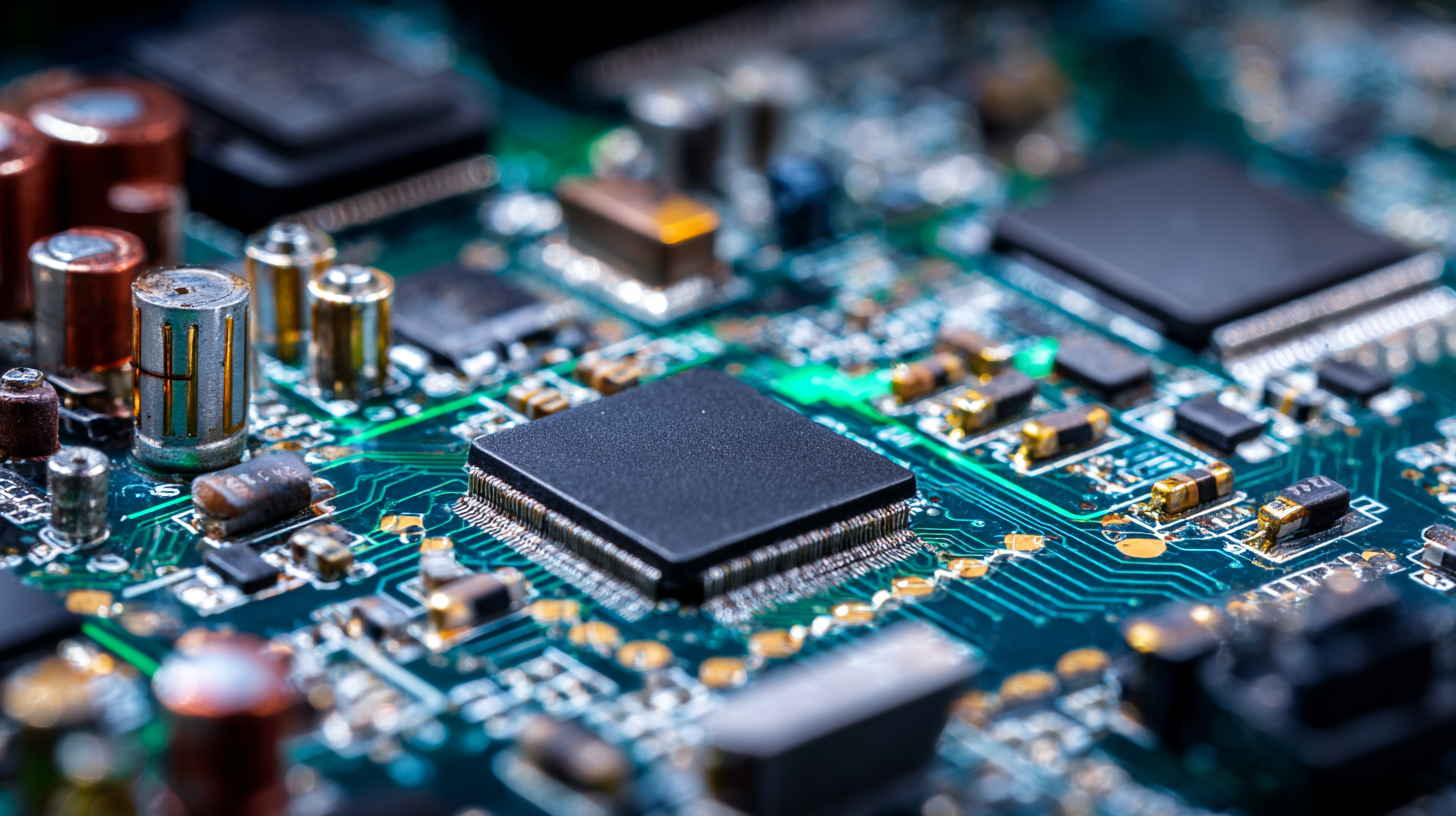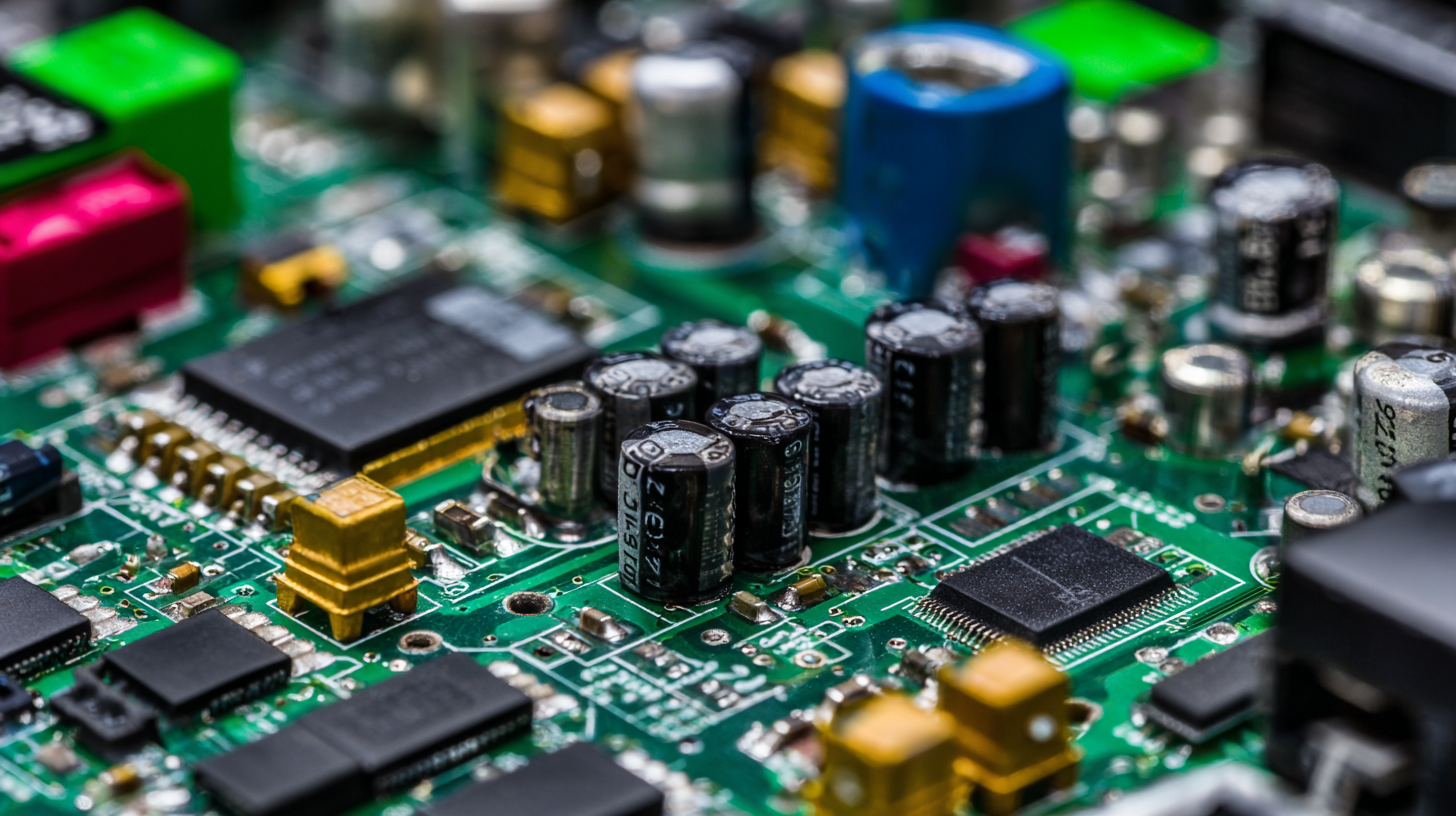Leave Your Message
In the fast-evolving world of technology, selecting the right circuit components is pivotal for the success of any business in the electronics industry. As we approach 2025, understanding the latest trends and sourcing strategies will become increasingly important. This guide aims to provide comprehensive insights into the best practices for sourcing circuit components, ensuring that your business remains competitive and innovative. From understanding market dynamics to identifying reliable suppliers, we will delve into all aspects necessary for making informed purchasing decisions. Whether you are a seasoned professional or new to the field, this ultimate guide will equip you with the knowledge needed to navigate the complexities of sourcing circuit components effectively. Join us as we explore how to optimize your procurement process and prepare for the future of electronics.

When sourcing circuit components for your business, it is crucial to evaluate several essential factors that can significantly impact your product's quality and reliability. According to recent industry reports, the global printed circuit board market was valued at $69.69 billion in 2023, with projections indicating growth to $113.49 billion by 2030. This trend highlights the increasing demand for high-quality circuit components which should not be overlooked.
One of the primary factors to consider is the supplier's reputation and reliability. Businesses should assess suppliers based on their history, customer feedback, and quality assurance processes. Furthermore, the technological compatibility of components is vital; as advances continue in electronic design and manufacturing, ensuring that your selected components can integrate seamlessly with your existing systems is paramount.
Prioritizing these factors not only safeguards your project from unexpected delays and costs but also enhances customer satisfaction and long-term sustainability in the highly competitive electronics market.
When sourcing circuit components for your business, it's crucial to understand the differences between various types. From resistors to capacitors, each component serves a unique purpose, influencing the overall performance of your circuit. For instance, resistors control the flow of electric current, while capacitors store and release electrical energy. Being aware of these distinctions can significantly impact your component selection, ensuring compatibility and efficiency in your projects.
**Tip:** Always check the specifications of each component, such as tolerance and voltage rating, to ensure they meet your circuit requirements. This can prevent costly mistakes and enhance the reliability of your designs.
Another important aspect to consider is the sourcing channels. Components can be acquired from local suppliers, online retailers, or direct manufacturers. Each option presents its advantages, such as cost-effectiveness or convenience. However, the availability and lead times can vary significantly.
**Tip:** Consider building relationships with reliable suppliers who provide consistent quality and can offer insights into emerging technologies and trends in circuit design, helping you stay ahead in your industry.

When sourcing quality circuit components for your business, identifying reputable suppliers and markets is essential to ensure you get the best products for your needs. Start by researching well-known suppliers who specialize in electronic components. Websites like Digi-Key and Mouser Electronics offer extensive catalogs and customer reviews, making it easier to find high-quality items and compare prices.
Tip: Always check for certifications and standards compliance, such as RoHS and ISO, to ensure that the components meet the necessary quality benchmarks for your applications. Additionally, reaching out to suppliers for sample components can provide valuable insight into their reliability and performance before making larger investments.
Consider exploring international markets as well. Countries like China, Germany, and Japan have robust electronics industries that can offer competitive pricing and innovative components. Use platforms like Alibaba or Global Sources to connect with manufacturers directly.
Tip: When sourcing from international suppliers, factor in shipping times and customs duties. Look for suppliers who can provide clear lead times and have a reputation for transparent communication to avoid unexpected delays. This strategic approach can help you identify the best circuit components for your business while keeping costs in check.
This bar chart illustrates the sourcing preferences for various circuit components among businesses in 2023, highlighting the most popular categories sourced.
In today’s rapidly evolving electronics landscape, staying ahead in circuit component selection requires a keen understanding of technology trends. According to a recent report from the International Data Corporation (IDC), the global market for electronic components is projected to reach $600 billion by 2025, highlighting the critical role that innovative components play in driving industry growth. Businesses must adapt to these shifts by prioritizing the latest technologies, such as IoT-enabled devices, which are expected to grow at a staggering rate of 28.5% CAGR from 2020 to 2025.
Furthermore, the integration of artificial intelligence and machine learning in circuit design is transforming the way manufacturers choose components. A study by MarketsandMarkets indicates that the AI in electronics market alone is estimated to grow from $1.87 billion in 2021 to $8.4 billion by 2026. This trend emphasizes the importance of selecting circuit components that not only meet current specifications but also align with future technological advancements. Companies that harness these trends can ensure they are equipped with the most reliable and efficient components, paving the way for innovation and competitive advantage in an increasingly tech-driven market.
When sourcing circuit components for your business, evaluating cost versus quality is paramount. According to a recent report by Gartner, companies that prioritize quality in their sourcing strategies can see a reduction in long-term failure rates by up to 30%. This is particularly important in the electronics industry, where the demand for high-performance components is continuously growing. Investing in quality can lead to enhanced reliability, ultimately bolstering customer satisfaction and brand loyalty.
Additionally, a study by MarketsandMarkets reveals that the global electronics components market is expected to reach $500 billion by 2025, underlining the increasing competition for sourcing the best components. Businesses face the challenge of balancing cost and quality, as opting for cheaper components may save money initially but can result in higher costs due to failures and replacements. Implementing a rigorous evaluation process that includes supplier audits and quality certifications can help businesses ensure they are sourcing components that meet their performance standards while remaining cost-effective in the long run.

